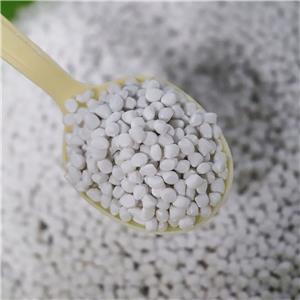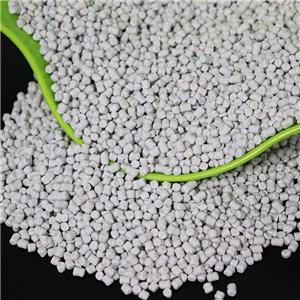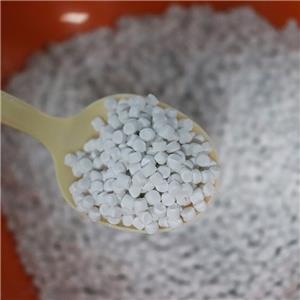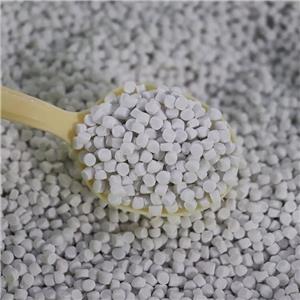Matting principle of coatings and the effect of powder on matting performance2
As mentioned in the last issue, talc, diatomaceous earth, kaolin, fumed silica, etc. are functional fines specially used as matting agent, which belongs to inorganic filled matting agent. When the film is drying, their tiny particles will form a micro-rough surface on the surface of the film, reducing the reflection of light to obtain the appearance of matting. However, the matting effect of such matting agents is subject to the constraints of many factors.
Silica, for example, it is used as a matting agent, the pore volume of the particles, the median particle size and particle size distribution, dry film thickness and whether the particle surface is treated and other factors, will affect its matting effect.
1, the relationship between particle size and matting performance
With the increase of particle size, the extinction effect becomes better. As the good or bad matting effect mainly depends on the roughness of the surface of the coating film, the matting powder with large median particle size is easy to cause strong surface roughness effect, and the matting effect is also better.
However, the size of the particle size should be coordinated with the thickness of the coating film. If the median particle size is too small, buried in the coating film can not protrude from the surface to form the surface roughness, then there is no matting effect. Median particle size is too large, although it can constitute a much larger than the wavelength of light unevenness, but easy to cause surface defects. It is best that the median particle size and the thickness of the coating film is similar.
Table 1. Different fineness of matting powder applied to different industries
Type | Fineness D50 | Application field |
Silicon Dioxide Matting Powder | 5~7um | For film coatings, leather coatings and inks. |
7~8um | Suitable for wood and metal coatings. | |
8~10um | Suitable for special coatings and thick matting coatings. |
For the particle size distribution is wide, added to the coating, the particle size of the large need to become smaller to achieve an effective matting particle size, and too small a particle size will lose the matting effect. So the narrower the particle size distribution of matting powder, the better the matting effect.
2, the relationship between particle size and transparency
As the median particle size increases, the transparency becomes worse. This is because transparency refers to the nature of the object through the visible light and scatter less. The optimal particle size of the powder should generally be 1/2 of the wavelength of light in the air, that is, 0.2 ~ 0.4 um. Greater than this value, the total surface area of the powder is reduced, the total scattering capacity of the light is reduced, less than this value, the powder will lose the ability to scatter light.
The powder is usually a mixture of different particle sizes, with particle sizes ranging from 0.01 to 50um.
In the system, the smaller the particle size of the matting powder, the less visible light is scattered, and a large number of incident light is transmitted through the matting powder due to bypassing, so the transparency of the system is better. However, if the median particle size is too small, fewer particles will play the role of matting, and the matting effect will not be realized. When the median particle size and the thickness of the coating film are coordinated, the larger the median particle size, the better the matting effect of the matting powder. Therefore, when choosing matting powder, we should consider the factors of matting, transparency and coating film thickness at the same time, and choose the matting powder that best meets the requirements by doing comparative tests.
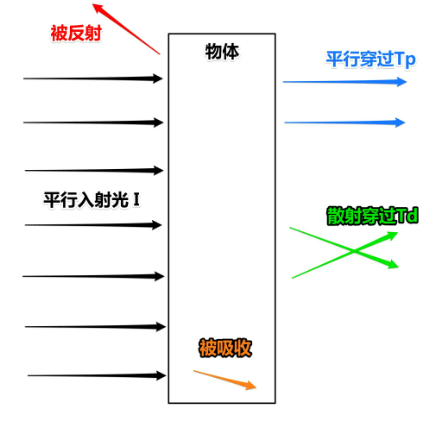
3、The relationship between particle size and anti-settling property
In the same system, placed in the same time, the median particle size of the system, the powder sinking rate is fast, and easy to form hard precipitation. This is because the square of the particle size is directly proportional to the sedimentation rate, so the larger the median particle size, the faster the sedimentation rate.
For the narrow particle size distribution of the powder, too fine or too coarse particles are less, so basically all the particles of the sinking rate is the same, so the powder precipitation, the upper layer of liquid is clearer. For powder with wide particle size distribution, there are more too fine or too coarse particles, resulting in the larger particle size settling first and the smaller particle size settling later, so the upper liquid layer is more turbid.
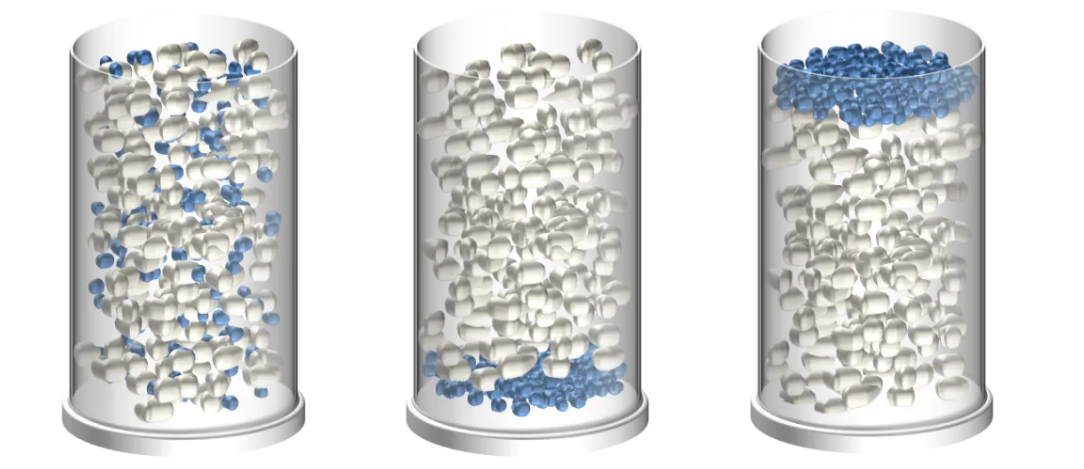
4、Dispersion method
Matting powder will have matting effect only when light diffuse reflection is formed on the surface of paint film. So try to avoid grinding, grinding will destroy the spongy structure of matting powder and reduce its matting properties.
5、Porosity
Matting agent is generally like a small sponge, there are many pores inside. It is because of this granularity that causes the micro-surface roughness necessary for matting. The same particle size, the higher the porosity the higher the extinction efficiency can be obtained.
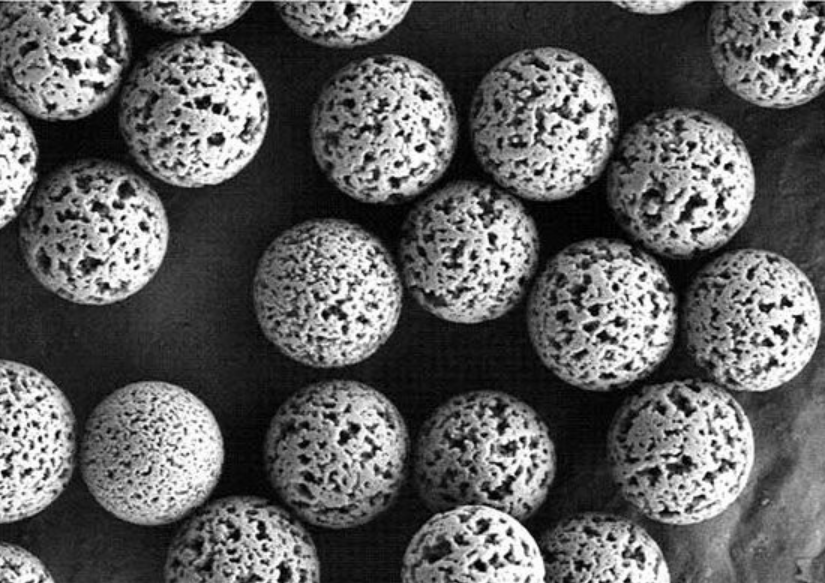
6、Matting powder surface treatment
The matting powder treated with organic wax, with small oil absorption, easy to stratify and settle to form soft precipitation, and the matting efficiency of the matting agent treated with organics is a little lower than that of the equivalent untreated matting powder.
Untreated matting powder, large oil absorption, thixotropy, not easy to stratify and settle, but easy to produce hard precipitation, transparency and matting better than the same wax treatment matting powder.
Combining the above factors, larger pore volume, uniform particle size distribution and particle size and dry film thickness matching the silica, its matting performance is more excellent.

